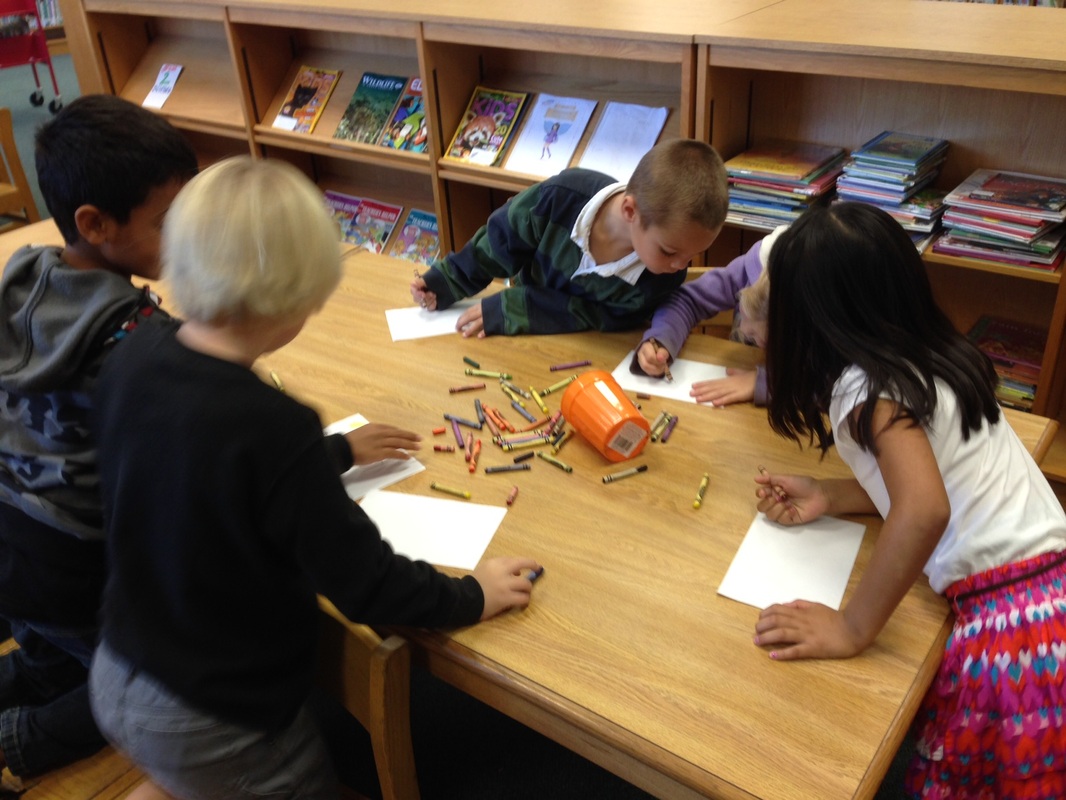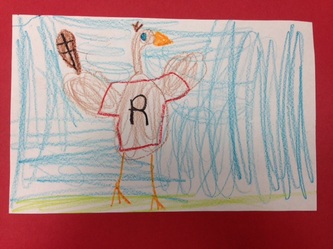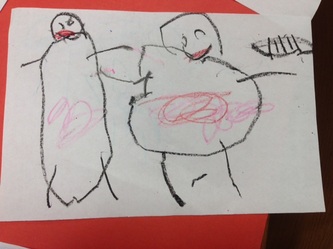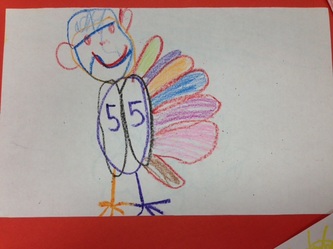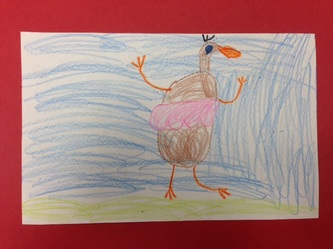DPI 2.A: School library media coordinators establish a learning environment that facilitates access to resources and addresses the learning needs of all members of the school community / AASL 3.2 Access to Information
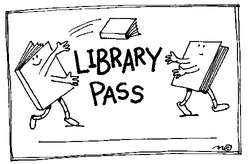
- Provides open and equitable access to resources that accommodate diverse student needs and interests
- Candidates support flexible, open access for library services
While teachers can visit the media center any time I am in the room, from about 7am - 4pm, students must obtain a library pass from their homerooms. Open check out runs from 7:45am - 2:15pm, as dismissal begins at 2:25pm. It is up to the teacher's discretion whether or not the student is allowed to leave the classroom, but I have made visiting the media center as accessible as possible. While many classes are scheduled to visit the media center for lessons, and the media assistant often has other duties around the school building, students are still able to independently access materials. This year, I equipped the circulation desk with a computer, keypad, and scanner so students are able to check out their selections without myself, or the assistant, sitting behind the desk. Not only does this accommodate the busy schedule of the media staff, it also gives students more freedom to make their selections without interventions. Students are guided towards books that are appropriate and near their reading level, but both teachers and students know that the media center's policy is open and free choice for all patrons - required reading is to be assigned from teachers, in the classroom.
DPI 2.A: School library media coordinators provide appropriate resources, services, and instruction for learners at all stages of development /
AASL 1.2 Effective and Knowledgeable Teacher
AASL 1.2 Effective and Knowledgeable Teacher
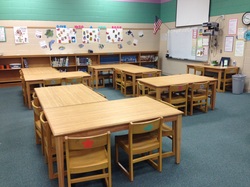
- Facilitates the collaborative design of learning experiences that cultivate creativity and critical thinking
- Candidates implement the principles of effective teaching and learning that contribute to an active, inquiry-based approach to learning
DPI 2.B School library media coordinators provide appropriate resources, services, and instruction for learning at all stages of development
- Uses innovative instructional strategies to engage students
- Facilities the collaborative design of learning experiences that cultivate creativity and critical thinking
Unfortunately, much of today's learning is done using strategies and resources that are for an unspecified student, rather than differentiated for the diversity of learners. In order to engage and excite students, as well as accommodate for various types of learning styles, I incorporate technology and nontraditional resources. For example, 4th graders participated in an a class exercise where they discussed elements of a story by "filling-in-the-blank" on a Google presentation I made for the lesson. Their answers would appear on the screen as they provided them, creating an interactive learning experience. Rather than completing a worksheet with similar prompts, this exercise allowed students to discuss with their tables, and further the conversations based on what the original contributor provided. For example, one group listed the characters of Cinderella, The Prince, and the Godmother, which prompted another group to list the evil stepmother and sisters, who also play an important role in the story.
Another example of differentiating instruction is prompting 1st grade students to illustrate a part of a story being read aloud to them, rather than relying on verbal or written responses. I selected a Thanksgiving comedy, Turk & Runt by Lisa Wheeler, and asked students to listen carefully to the text on one page, and illustrate their first thoughts. What was fun about this activity is that each student was able to participate, and each illustration differed based on the students' interpretation. A child in one class, who is autistic, was able to use the tools to communicate what he felt about the story, whereas an artistic child in another visualized a character much differently than his neighbor (see photos below). By allowing students to reflect on the story in a new way, they thought critically about the text and how the illustrator's work impacts how we understand the book.
